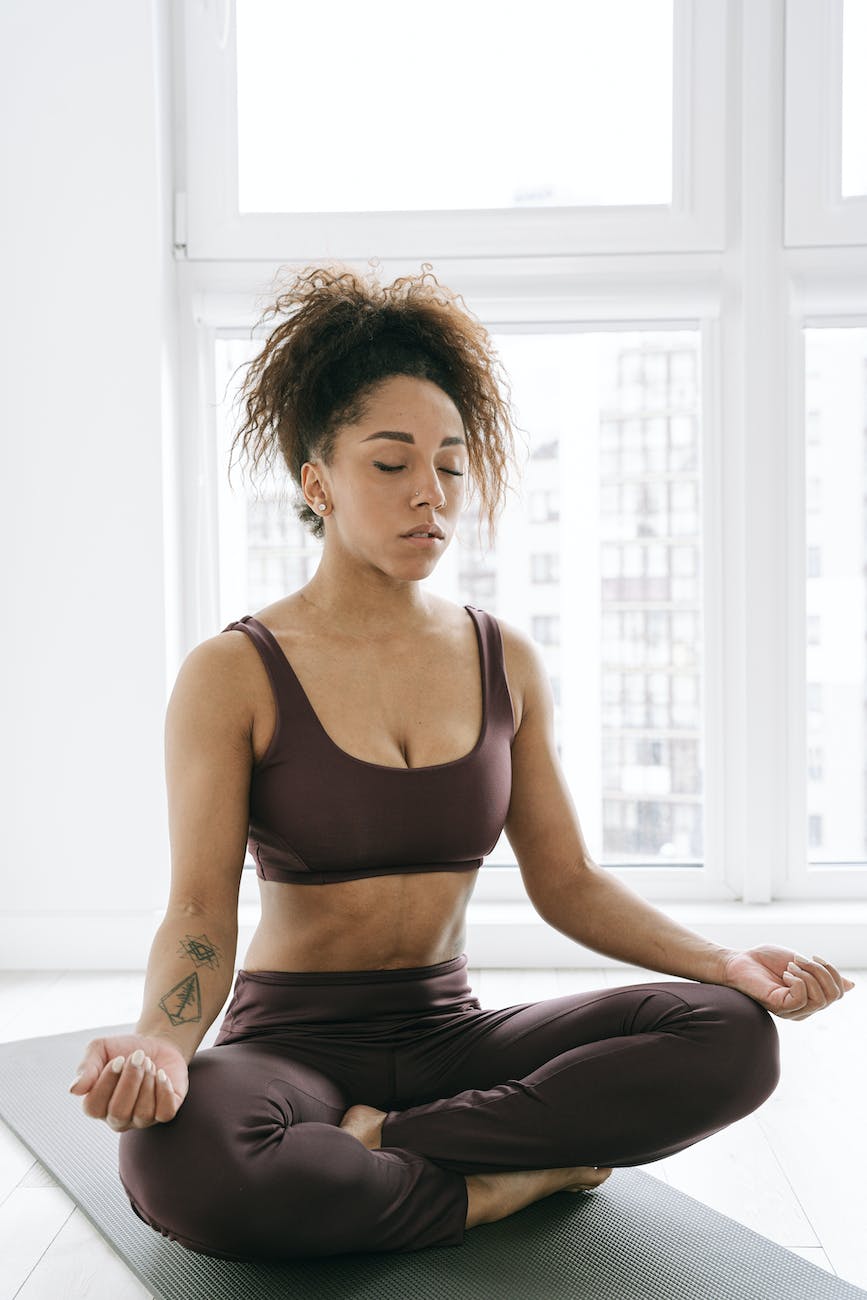
Stress is something that plagues most people these days. Jobs, health, relationships and all the random unexpected surprises can lead to stress. Meditation is one technique often used for stress management. Best of all, it’s free. Meditation techniques help a person achieve a calm state of mind without drugs or relaxation tools and implements. Every step to meditation is done in the mind.
If you’ve never meditated, it can be a bit daunting at first. Here are some steps for a beginner to start with meditation as their stress management strategy.
Find A Quiet Corner To Start Your Meditation.
If you’ve ever stayed awake at night thinking about something that happened years ago, your to do list and why Pluto is no longer a planet and also why is Pluto a dog-dog and Goofy a human-dog, you know that our brains are awesome at creating distractions. The last thing you need when starting a meditation practice is more distraction from the outside. When you close your eyes, your sense of hearing will be twice as good, so almost any noise in your surroundings will make it hard for you to concentrate.
For beginners, it is important to start out in a quiet place in your home where noise is non-existent. (Ha!) While not necessary, you may want some ear plugs, headphones, a fan or other source of white noise, or some suitable meditation music. These can help block out the noise or give your brain somewhere to focus.

Ready Your Position.
It is best for beginners to avoid lying down when practicing meditation. The goal is not to sleep, and it is likely that you will fall asleep if your mind reaches a relaxed state. To stop this from happening, you can start your meditation in a comfortable seated position. This can be on the floor, on a cushion, in a chair, wherever you are most comfortable. It is absolutely not necessary to meditate in the lotus position, unless that is what is most comfortable for you. I know my knees and hips do not tolerate it!
Once you’ve found a comfortable position, make sure that your back is straight and your hands are relaxed on the armrest or on your lap. Do a quick scan of your body and adjust any areas that are likely to cause pain after a few minutes. You’ll also want to relax any areas of tension as much as possible.
Begin Your Meditation With Proper Breathing.
Once you are in a comfortable position, you’ll focus on breathing. Some say to inhale through your nose and exhale through your mouth. To me, that is distracting. I find it better to just breathe through my nose. In my experience, the best way is whatever is most comfortable to you.
I have recently heard that the exhale is the important part for relaxation, so you may want to focus on making the exhale longer than the inhale. What I often do is inhale for a count of four and out for eight. I do that at the beginning of my meditation for about four or five cycles. Then I stop counting and let my body try to continue that rhythm. I know I don’t stay exactly on the 4-8 pattern, but it’s not about perfection. If I start to get distracted, I bring my mind back to focus on my breathing and counting again.
The cool thing about this breathing technique, is you can use it outside of meditation to calm down in a stressful situation. Even if you’ve never meditated before, it will help. Once you associate it with meditation, it will be even more effective.
Focus On Your Mind.
While concentrating on your breathing, eventually your mind will start throwing images at you. These are mostly random- events of the day, future plans, problems and worries, fears and so on. It will be hard to ignore these thoughts and you are not supposed to ignore them. The goal here is to acknowledge these thoughts and then release them. This might sound hard, but, honestly it’s something we do all the time.
Here is a simple example to understand the concept. You know that you have furniture at home- you can see it clearly with your eyes, but you aren’t really concentrating on it. Focusing on the furniture makes you think of its color, its material, how it looks in that part of your home, and more. When you don’t focus on it, the furniture fades into the background.
Likewise, you need to look at these random thoughts in a similarly detached state, seeing them clearly in your head but not focusing your attention on it. Eventually, these random thoughts will stop and you will notice that you‘re already in a blank space in your mind. This is the state you want to achieve during meditation. This blank space is where you can think about a problem or goal and focus on it till you can find a solution. Your “mind palace” for any Sherlock fans.

Remember that meditation is not a one shot deal. It is almost impossible to attain a calm state of mind in just a matter of minutes, especially if it’s your first time. It is important that you keep practicing meditation until you have conditioned your mind to achieve that calm state just by thinking about it.
With this, you have successfully mastered the basics of meditation for your stress management program.
To make sure you never miss a post, please sign up for my newsletter.

You have explained the concept of Meditation in simple and relatable manner. Wonderful post.
Thank you!